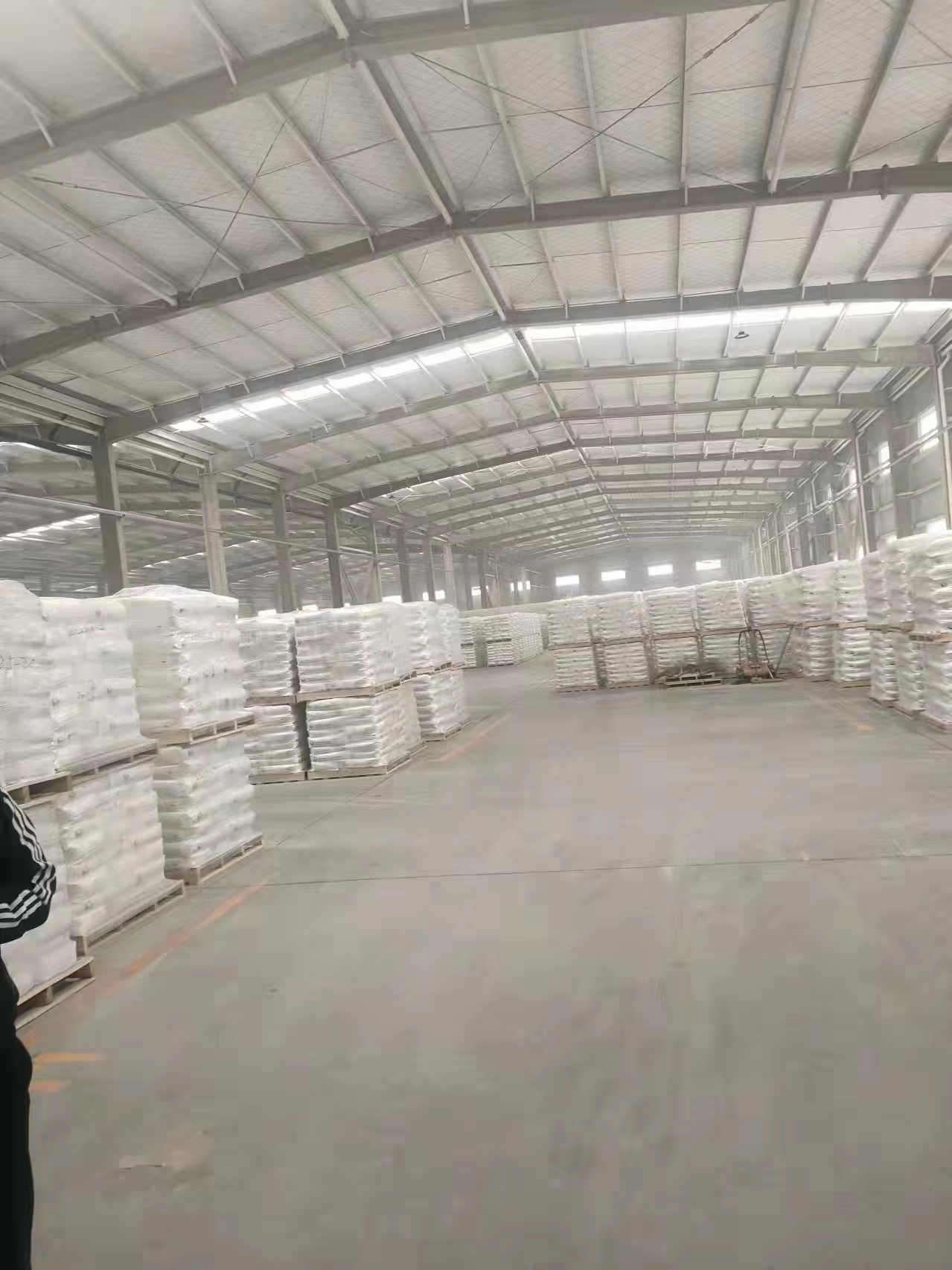
dec . 17, 2024 12:02 Back to list
Melting Point of Titanium Dioxide and Key Manufacturers in the Industry
Titanium Dioxide Melting Points and Manufacturers
Titanium dioxide (TiO2) is a versatile compound with a wide range of applications, making it one of the most important industrial minerals. Known for its high refractive index and strong ultraviolet (UV) light absorbing capabilities, TiO2 is commonly used in various sectors including paints, coatings, plastics, paper, and cosmetics. Understanding the properties of titanium dioxide, particularly its melting point, is essential for manufacturers looking to optimize their production processes.
Properties of Titanium Dioxide
Titanium dioxide exists in three different crystalline forms anatase, rutile, and brookite. Among these, rutile is the most stable and commonly used form, while anatase displays unique photocatalytic properties, making it beneficial in applications such as environmental remediation and self-cleaning surfaces. The melting point of titanium dioxide varies depending on the crystalline structure. Generally, rutile has a melting point of about 1,840 degrees Celsius (3,344 degrees Fahrenheit), while anatase melts at approximately 1,800 degrees Celsius (3,272 degrees Fahrenheit). These high melting points make TiO2 suitable for high-temperature applications, such as ceramics and certain types of glass.
Importance of Melting Point in Manufacturing
The melting point is crucial for the manufacturing of titanium dioxide because it directly influences the processing conditions, including temperature control during production and application. In industries such as ceramics and glass, the ability of TiO2 to withstand high temperatures without degrading is vital for product integrity and performance. Additionally, during the synthesis of TiO2 through methods like the sulfate and chloride processes, understanding the thermal behavior of different TiO2 phases helps in optimizing yield and quality.
Manufacturers must also consider the thermal stability of TiO2 during its storage and usage. If the material is exposed to conditions beyond its melting point, it can lead to undesirable changes in its chemical and physical properties, ultimately affecting the end product's performance. Consequently, correct handling and processing of titanium dioxide are fundamental to benefit from its desirable characteristics.
Leading Manufacturers of Titanium Dioxide
Several major manufacturers dominate the titanium dioxide market, and they play a critical role in determining the quality and availability of TiO2 globally. Key players include
titanium dioxide melting point manufacturers

2. Kronos Worldwide, Inc. Holding a significant share in the titanium dioxide market, Kronos is known for its high-quality rutile and anatase TiO2 products. The company focuses on innovation, investing in research to enhance the properties of TiO2.
3. Titanium Metals Corporation (TIMET) Although primarily known for titanium metal, TIMET also produces titanium dioxide for specialized applications, leveraging its expertise in titanium processing.
4. Tronox Limited Active in both the titanium dioxide and titanium mining sectors, Tronox prides itself on sustainable practices and high-quality TiO2 production.
5. Huntsman Corporation This company produces a broad range of specialty chemicals, including titanium dioxide. Huntsman's products are utilized in various industries, showcasing the adaptability of TiO2.
Future Trends in Titanium Dioxide Manufacturing
As industries evolve, the demand for high-quality titanium dioxide shows no signs of diminishing. The push for sustainable alternatives and eco-friendly products continues to shape the future of TiO2 production. Manufacturers are actively researching ways to enhance the efficiency of TiO2 synthesis while minimizing environmental impacts. Innovations in processing techniques, including the development of hybrid materials and applications in nanotechnology, are paving the way for new uses of titanium dioxide.
Moreover, advancements in recycling processes for Titanium-based materials are also gaining traction. With an increasing emphasis on circular economies, finding methods to reclaim and reuse titanium dioxide will be a focal point for manufacturers.
Conclusion
Titanium dioxide stands out as a key industrial mineral characterized by its impressive melting points and versatile applications. The significance of TiO2 in manufacturing is underpinned by its unique properties and the expertise of leading manufacturers who continue to innovate in this field. As the demand for high-performance materials grows, the role of titanium dioxide in ensuring product quality and sustainability becomes increasingly critical. Understanding its properties, particularly the melting point, will empower manufacturers to produce superior products that meet the modern market's requirements.
-
China Lithopone in China Supplier – High Quality Lithopone ZnS 30% Powder for Wholesale
NewsJun.10,2025
-
Top China Titanium Dioxide Company – Premium TiO2 Powder Supplier & Manufacturer
NewsJun.10,2025
-
Fast Shipping 99% Pure TiO2 Powder CAS 13463-67-7 Bulk Wholesale
NewsJun.10,2025
-
Top China Titanium Dioxide Manufacturers High-Purity R996 & Anatase
NewsJun.10,2025
-
Lithopone MSDS Factories - Production & Quotes
NewsJun.10,2025
-
High-Quality Titanium Dioxide in Water Suppliers - China Expertise 60
NewsJun.09,2025
